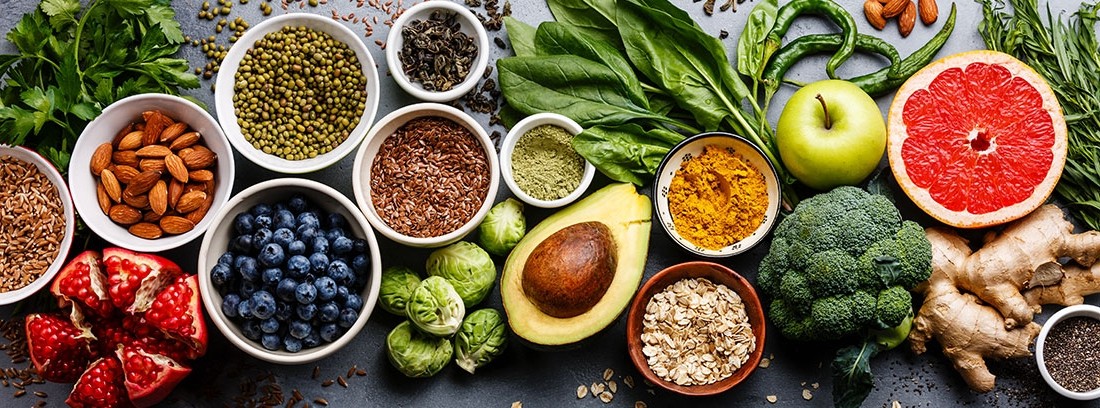General recommendations on adolescent nutrition

Adolescence is the transition from childhood to adulthood. It produces a rapid growth regulated by hormones that will achieve a significant increase in height and weight. It is a period of intense physical, psychological and social changes, which begins with the appearance of secondary sexual characteristics, and ends around the age of twenty, when growth ends and psychosocial maturity is reached.
During this stage, nutrient needs increase greatly, significant dietary changes occur, and nutritional risk situations may also appear.
The increase in nutritional needs is due to the fact that during puberty the young man acquires 25% of his height (at a rate of 8-12 cm / year) and 45% of his final weight. Secondary sexual characteristics also develop and there are important changes in body constitution (skeletal mass increases by 50% and muscle mass doubles). There is also an increase in blood volume and internal organs.
Obesity is a growing problem due to poor eating habits, fast food and a sedentary lifestyle.
Therefore, a balanced diet in adolescence is one of the fundamental pillars to have an excellent state of health, optimal growth and physical and psychological development. Adolescence is the last chance to lay the foundation for healthy habits for a healthier adult life.
Body image is a concern for a large number of adolescents, especially girls are afraid of gaining weight and boys the desire for greater muscle development. This can cause adolescents to eat very restrictive and unhealthy diets.
Among the bad eating habits in adolescents we can highlight:
- Tendency to skip meals (especially breakfast)
- Eating meals outside the home (especially fast food)
- High consumption of snacks and sweet drinks
- Special diets to lose weight without medical supervision
- Decreased milk intake
- Snack between meals
It is best for the adolescent to eat as varied as possible, a diet rich in fruits and vegetables, low in fat and salt. With the necessary iron and calcium requirements to ensure proper growth.
The so-called "Mediterranean diet" is a good pattern that can serve as a guide.
An adequate breakfast that offers 25% of the daily calories should be encouraged to maintain a correct intellectual and physical activity and not to eat too large meals. Breakfast should include a dairy (milk or derivative), a cereal and a fruit or natural juice.
At meals, the intake of legumes, fish and cereals, salads and vegetables should be favored.
Fats: the use of virgin olive oil should be encouraged. The meat should be lean and the dairy should be low in fat. You have to limit your intake of foods with saturated fats.
Milk, yogurt and cheese: they should consume 2 to 3 servings of dairy products a day, choosing low-fat ones and avoiding the abuse of ice cream and fatty cheeses.
Meat, chicken, fish, legumes, eggs and nuts: provide vitamins, proteins, vitamins and minerals. An adolescent should consume between 2 and 3 servings a day (about 150-210 g of lean meat a day). The portion of meat is about 80-90 grams. Low-fat preparations should be chosen: griddle, oven or charcoal, and avoid fried or battered ones. A maximum of two or three eggs a week will be eaten.
Vegetables: provide vitamins and should be eaten 2-4 servings a day. They should be eaten boiled or raw and varied. Do not add too much oil to vegetables and avoid very fatty mayonnaise and salad dressings.
Fruits: they are a source of vitamins A and C and potassium. Fresh fruit should be eaten daily, whole and well washed. Packaged fruit juices are not nutritious.
Bread, cereals, pasta, and rice: provide carbohydrates, vitamins, minerals, and fiber. Whole grain breads should be chosen.
Water should be encouraged as a drink and not soft drinks, packaged juices and other sweet drinks. Emphasis must also be placed on promoting non-sedentary and healthy habits such as practicing sports and avoiding tobacco and alcohol.
(Updated at Apr 14 / 2024)